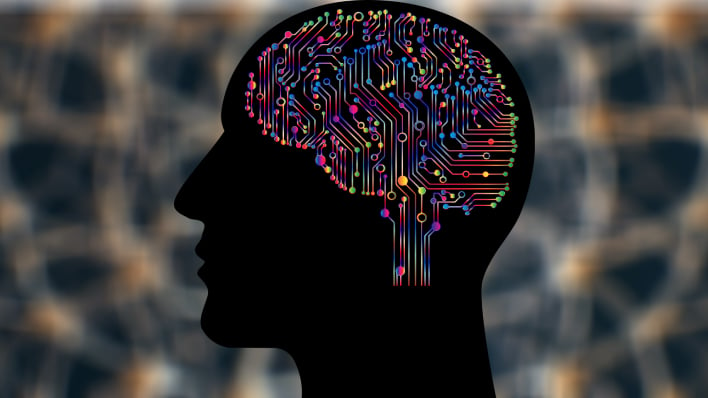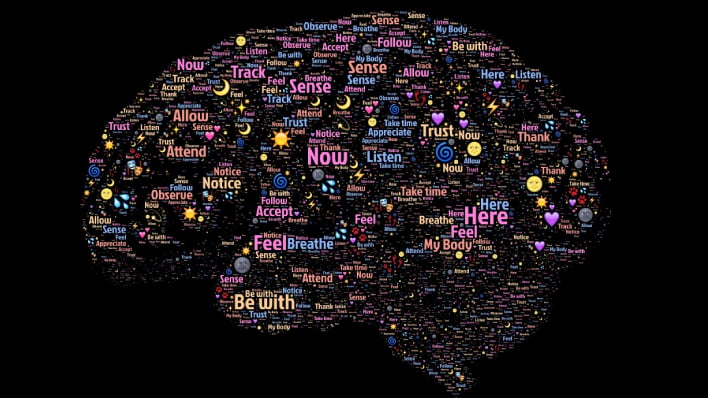Generative AI Has Unlocked The Amazing Workings Of Human Imagination And Memory

The study used a computational model resembling the human hippocampus and neocortex’s neural networks, in order to simulate memory encoding and retrieval. Both the hippocampus and neocortex are believed to work together during memory, imagination, and planning. The study also provided new insights into the human memory’s role in survival, predicting future events, and comprehending memory distortions.
“Recent advances in the generative networks used in AI show how information can be extracted from experience so that we can both recollect a specific experience and also flexibly imagine what new experiences might be like,” explained lead author of the study, and Ph.D. student Eleanor Spens. “We think of remembering as imagining the past based on concepts, combining some stored details with our expectations about what might have happened.”

The researchers pointed out that humans need to make predictions in order to survive, such as being able to avoid hunger, or get out of a dangerous situation. The AI networks seem to suggest how, while remembering past experiences during rest periods, could help the human brain to pick up on patterns from past experiences that could provide insight into making survival predictions.
Spens noted, “We think of remembering as imagining the past based on concepts, combining some stored details with our expectations about what might have happened.”
During the study, researchers displayed 10,000 images of simple scenes to the computational model. The hippocampal neural network was able to quickly encode each scene as it was experienced. The model then replayed the scenes repeatedly to train the generative neural network of the neocortex as well.

The neocortical network’s ability to learn to pass the activity of thousands of input neurons, representing each scene via smaller intermediate layers of neurons that recreate the scenes as patterns of activity in its output neurons, helped the neocortical network to learn “highly efficient conceptual representations” of the scenes that capture their meaning. This allowed for the recreation of old scenes and the generation of new scenes.
The researchers added that the model was able to explain how new events can be generated during imagination and planning for future events.
“The way that memories are re-constructed, rather than being verdical records of the past, shows us how the meaning or gist of an experience is recombined with unique details, and how this can result in biases in how we remember things,” remarked senior author Professor Neil Burgess of the UCL Institute of Cognitive Neuroscience and UCL Queen Square Institute of Neurology.
The study using this ground-breaking AI computational model was published in Nature Human Behaviour.

